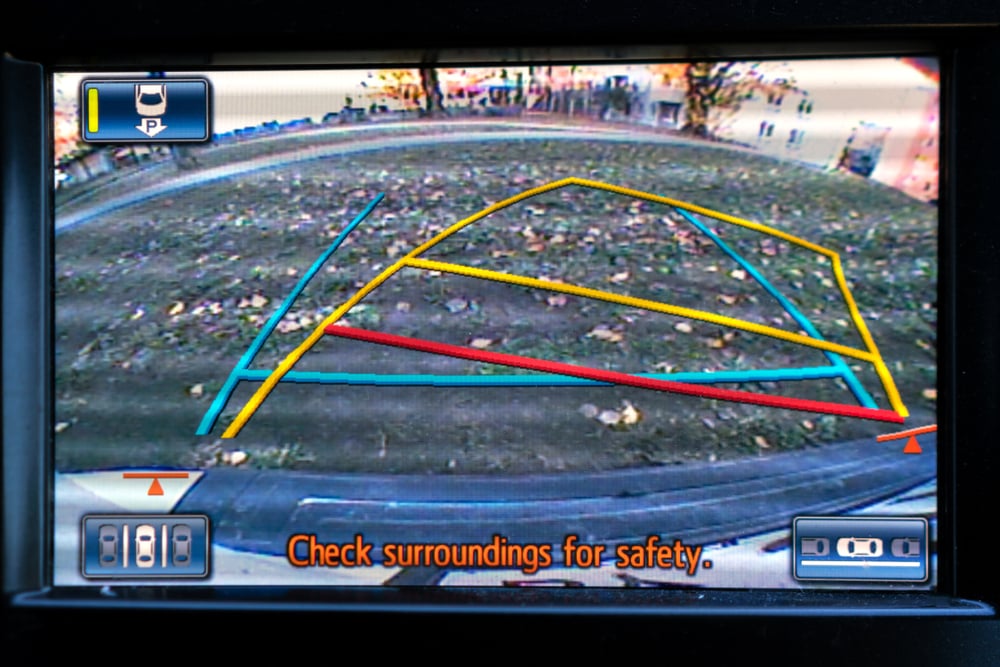Federal law requires that all new cars sold in the United States must have a rearview camera and screen display. Beginning with the 2019 model year, automobile manufacturers were required to begin equipping cars with rearview cameras on or after May 1, 2018.
The law applies to all road-legal vehicles under 10,000 pounds regardless of cost. All cars, most passenger trucks, SUVs, and even some small buses are included.
Automobile manufacturers had already been installing rearview cameras on many of their vehicles prior to May of 2018, but cameras were not standard on all models. As recently as 2011, nearly 32% of all cars sold in the U.S. did not come equipped with backup cameras, according to the Washington Post. Many cars on the road today are missing this potentially life-saving technology.
Advantages of Rearview Cameras
All new cars have rearview cameras to assist drivers with:
- Protecting pedestrians — Rearview cameras help a driver see what is behind his or her vehicle. This advantage can help prevent dangerous and even deadly backover accidents with children and other vulnerable pedestrians.
- Parking safety — Having a better view of the rear of your vehicle results in faster and safer parking. Rearview camera systems often include lines on the display to direct you and center your car in the space while you back up, and sensors paired with audible warning sounds that let you know if you are approaching an object too closely.
- Assistance with trailer connection — A rearview camera combined with distance indicators (audible tones and colors on the display) can assist with the task of lining up your vehicle’s hitch to a trailer that you plan to tow, helping avoid costly mistakes.
Rearview Camera Shortcomings
Despite the benefits of rearview cameras they don’t completely eliminate backover accidents. The location of most cameras low on the vehicle can result in a dirty or blocked lens that obscures a driver’s view if not routinely monitored and cleaned.
More importantly, rearview cameras are only effective if the driver uses them. A study published by the National Center for Biotechnology Information and conducted at the University of Massachusetts discovered that only 20% of drivers in the study used their rearview camera prior to backing up. Of the drivers that used their camera about 90% avoided an accident.
When rearview camera systems are also accompanied by sensors and alarms, accident statistics in the study improved. Of the 80% of drivers who did not look at the camera prior to back up, 46% looked at the monitor when the warning sensor went off warning him or her of a protentional danger.
The National Highway Traffic Safety Administration cautions that when people do use their use rearview cameras they shouldn’t rely on them alone. Checking mirrors and turning around to look should also be done in order to avoid vulnerable pedestrians including children and elderly adults.
If your vehicle currently has a rearview camera, take advantage of it whenever you are backing up. If you’re in the market for a new vehicle but aren’t going to buy a 2019 model, consider prioritizing a rearview camera as a feature when shopping for a used car.


